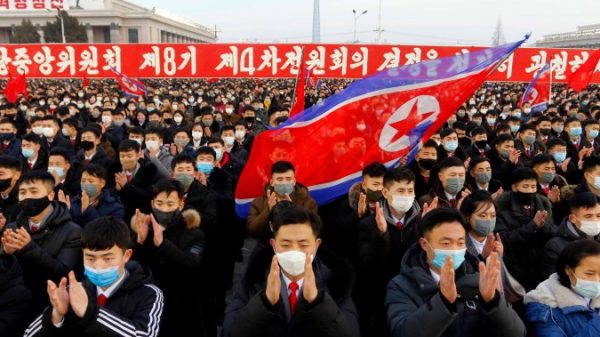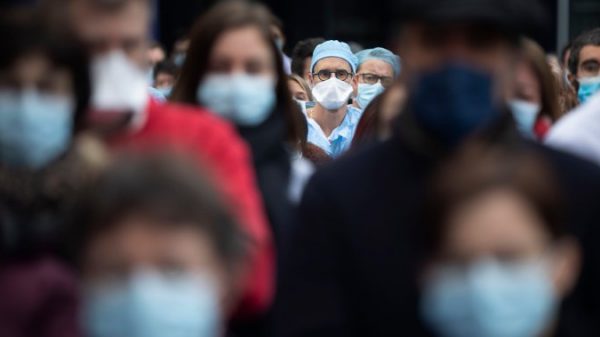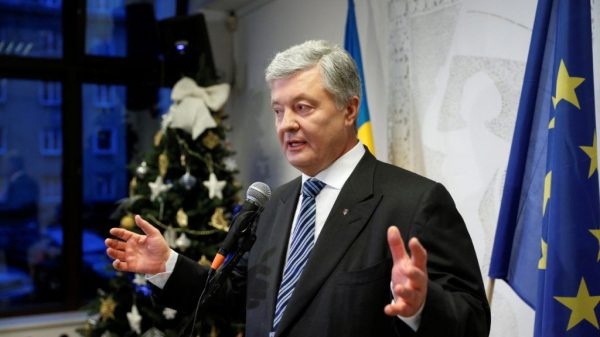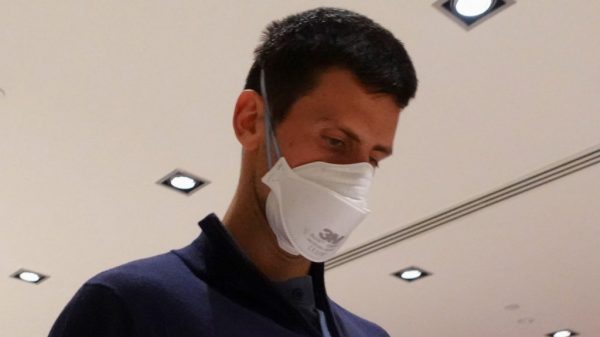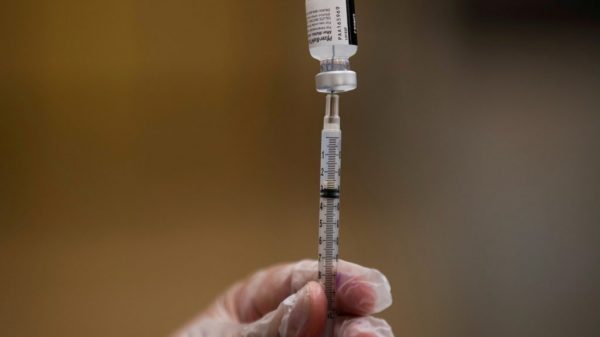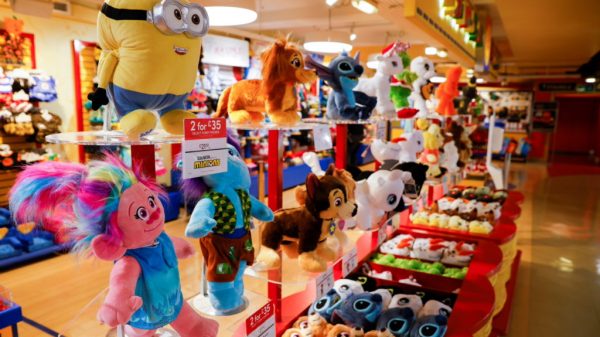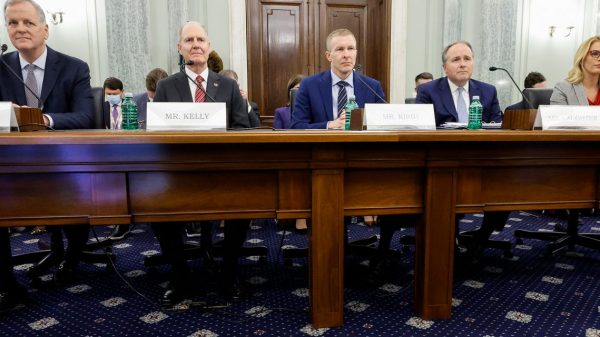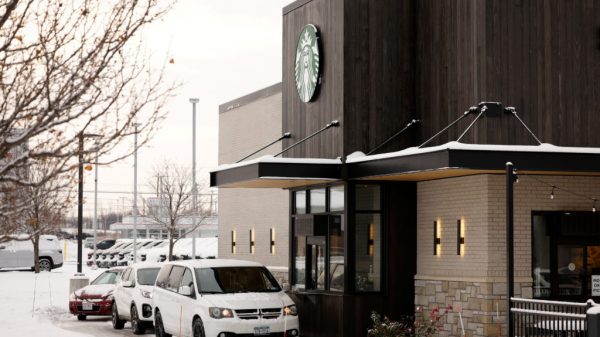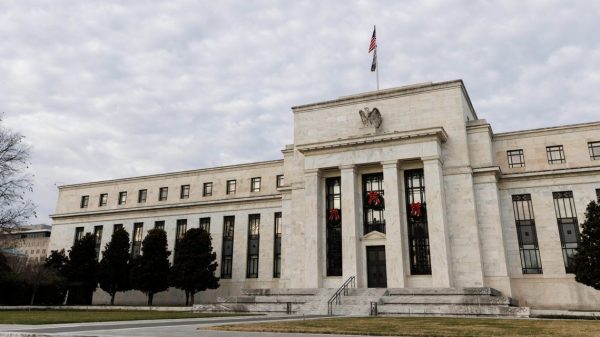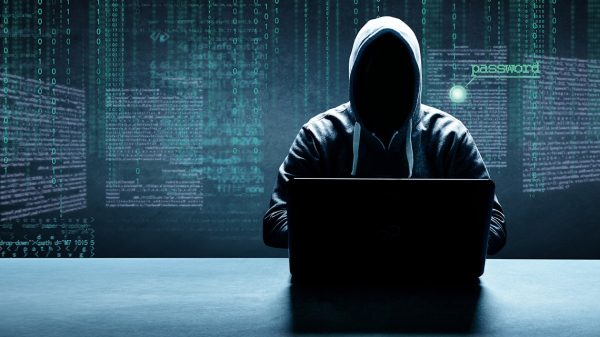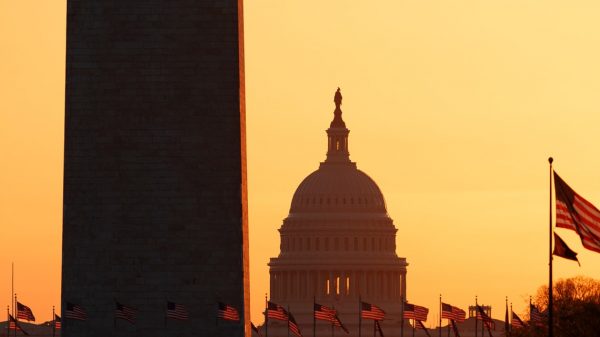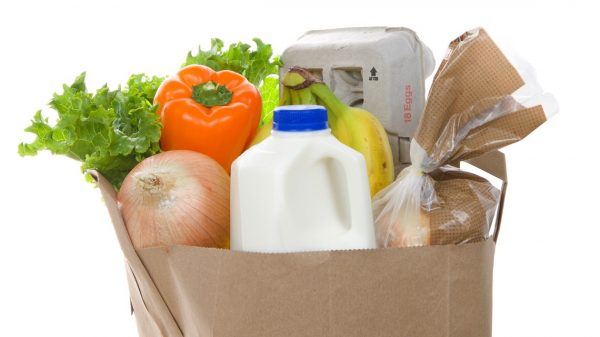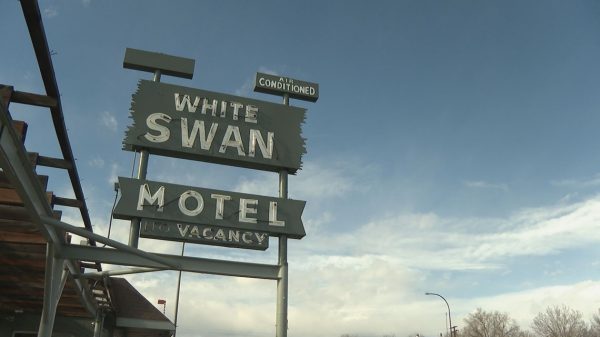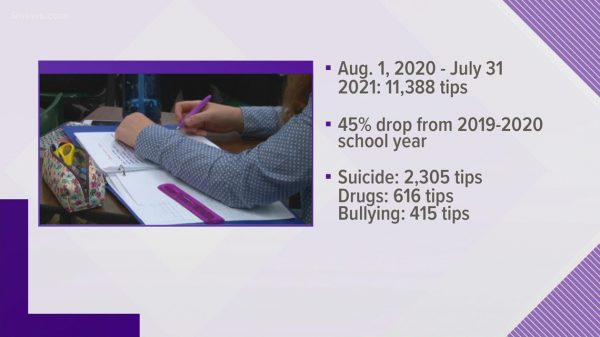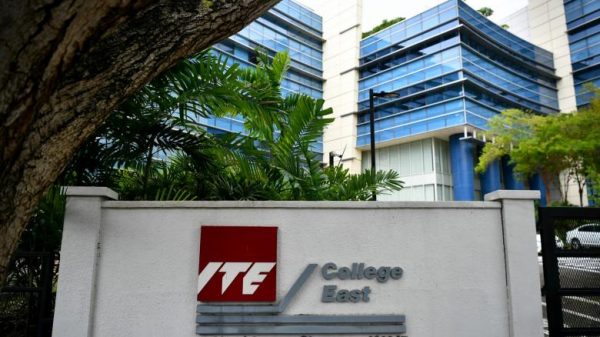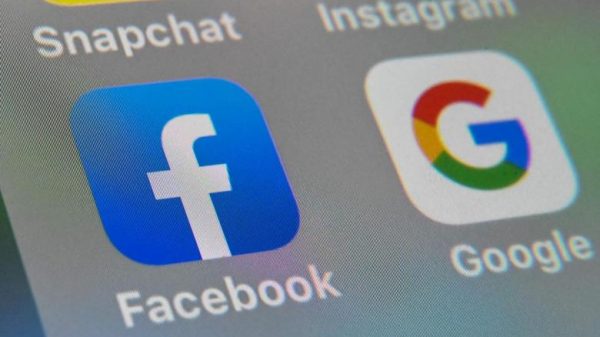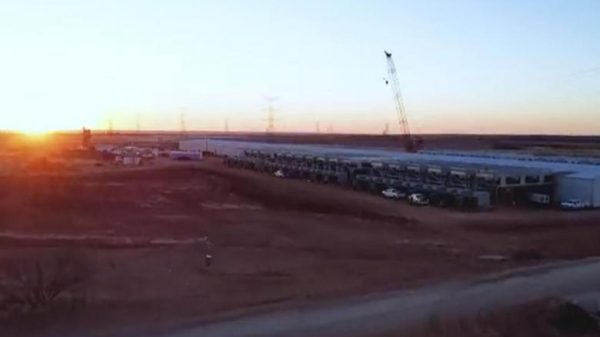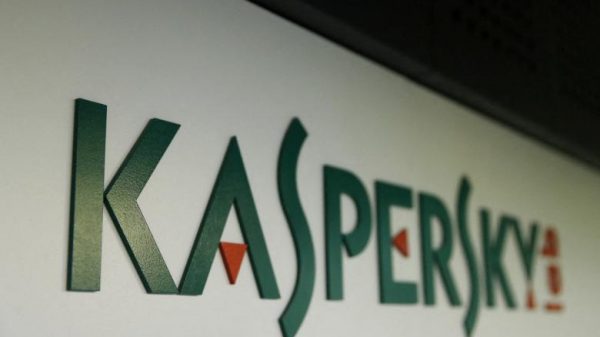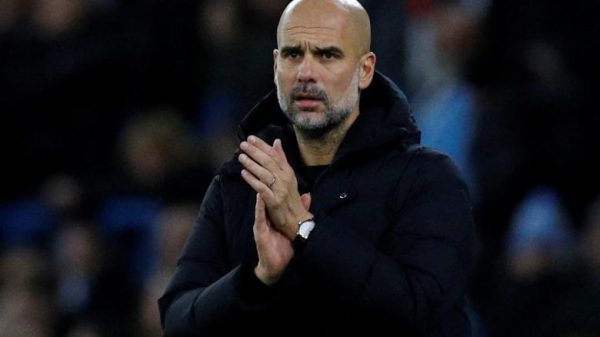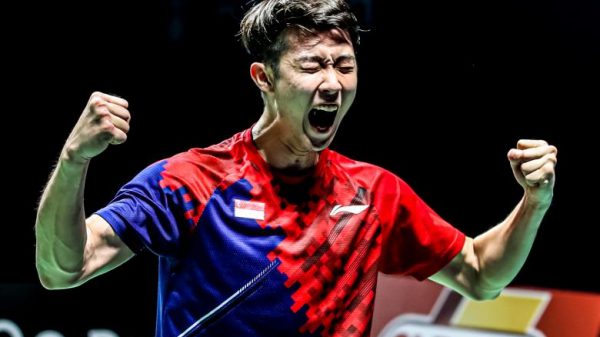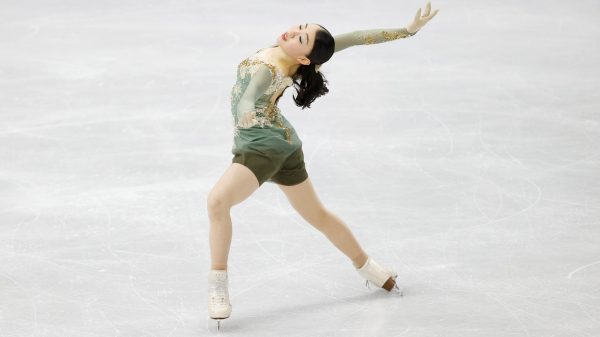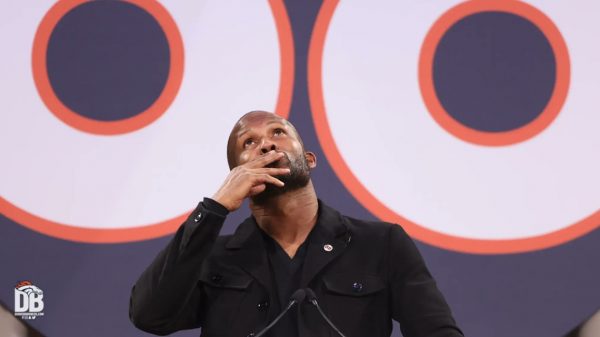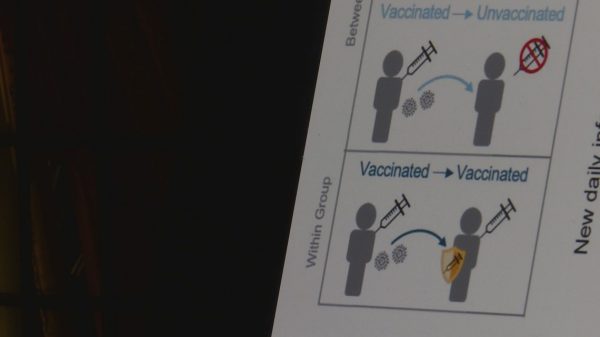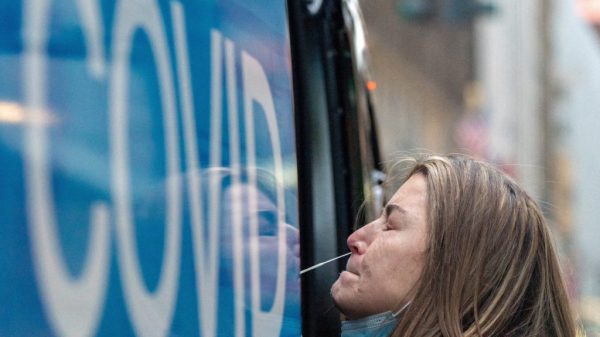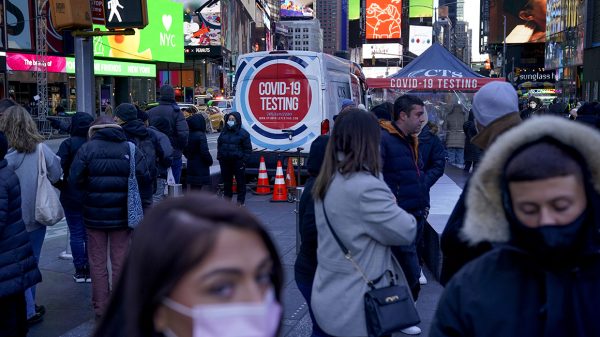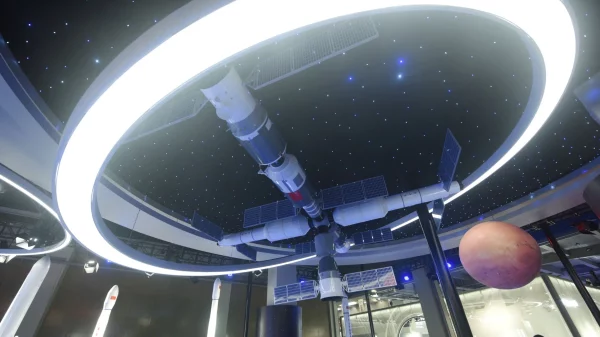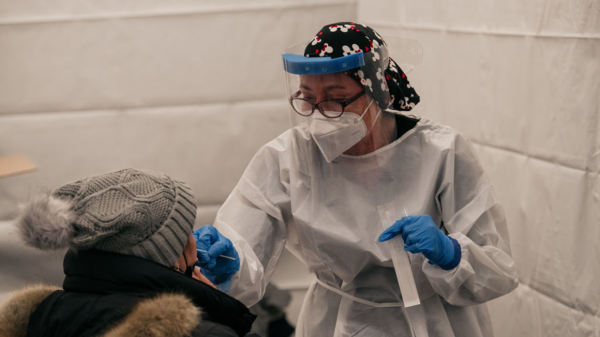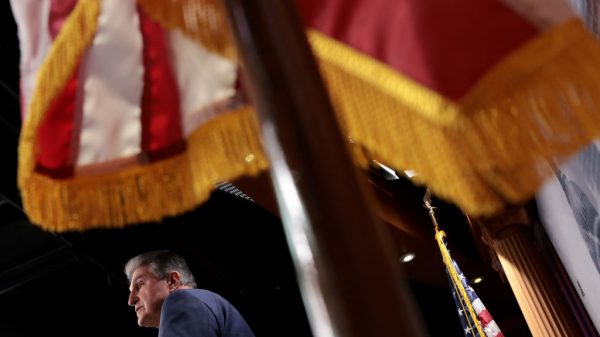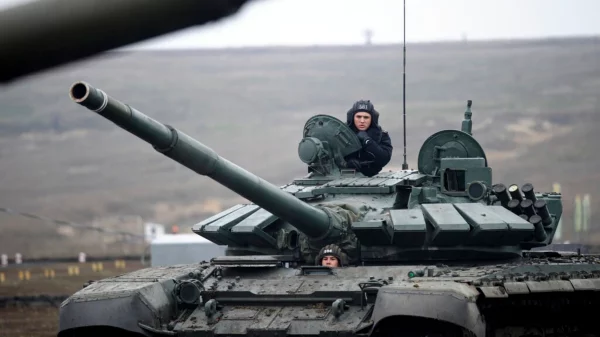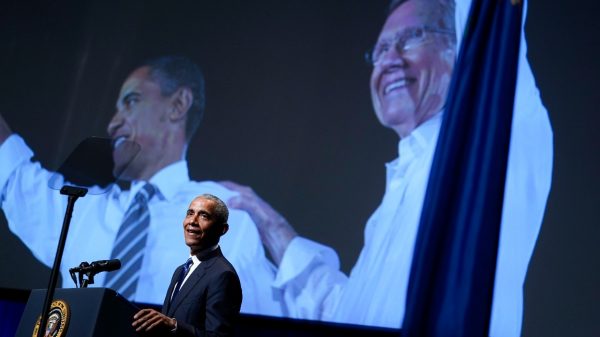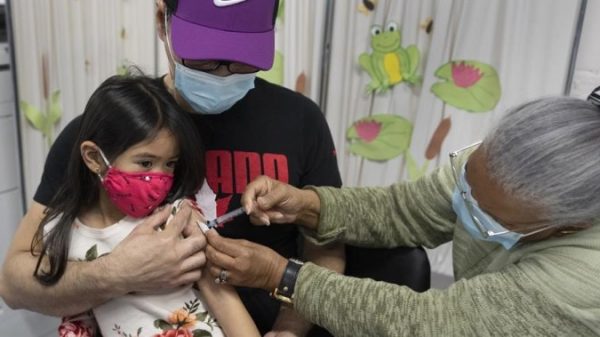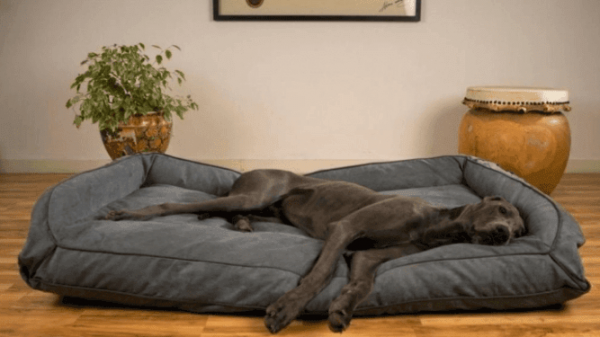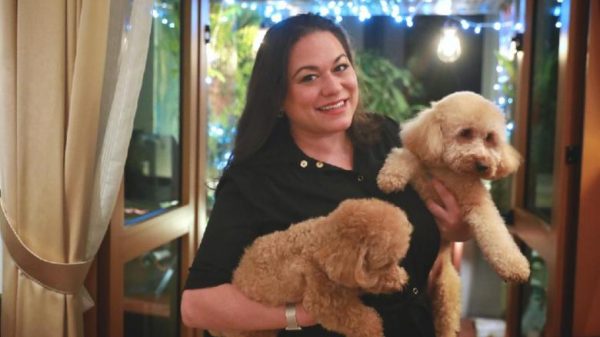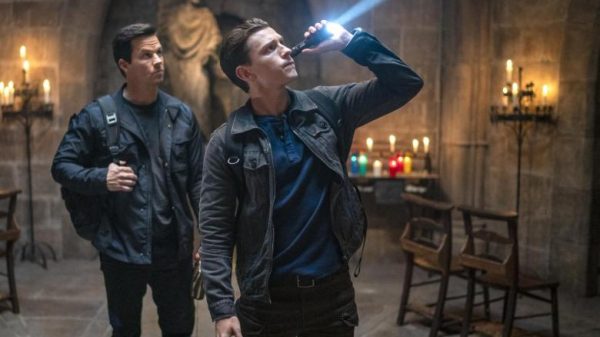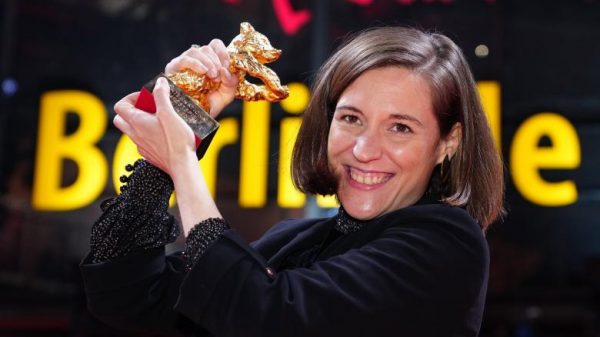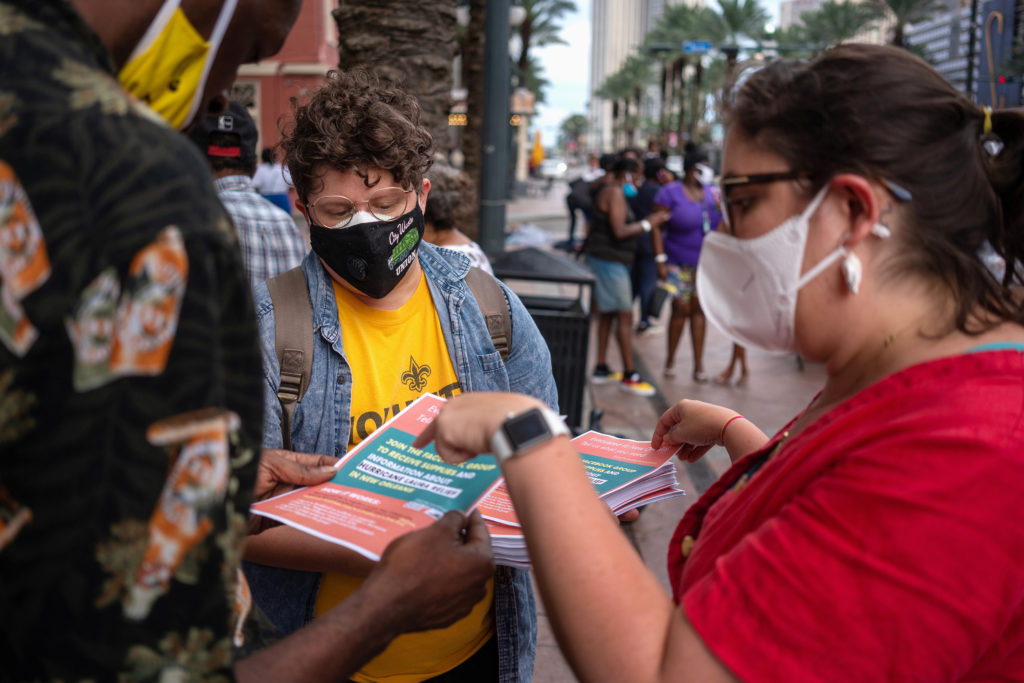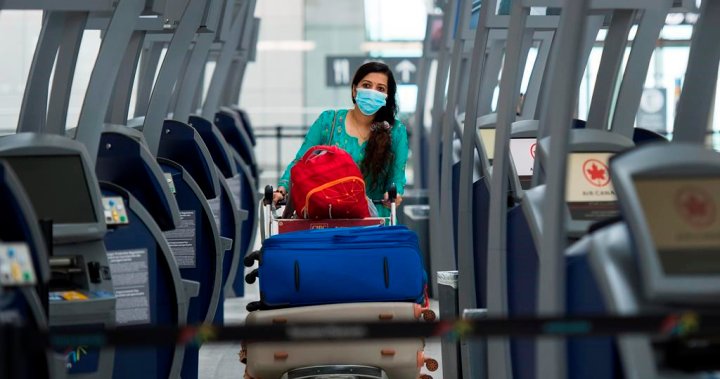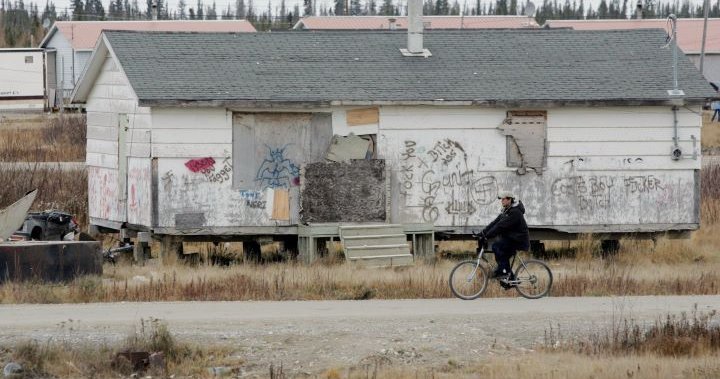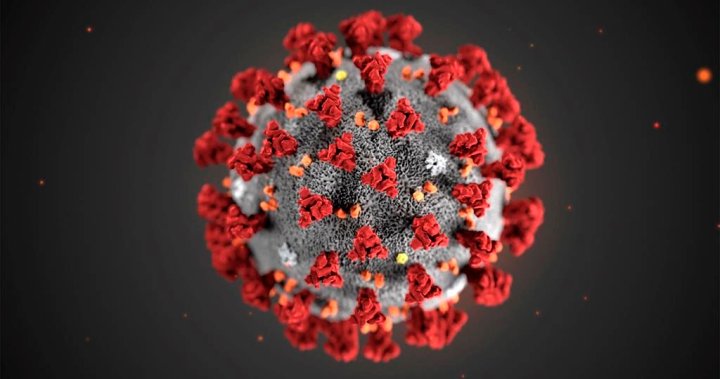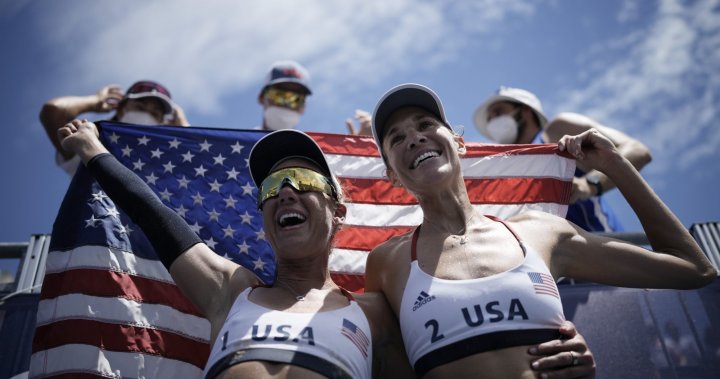More than a decade ago, Erin Barnes came across data that drove home the importance of grassroots, volunteer-led groups.
The U.S. Forest Service was trying to document all the groups that maintain green space in New York City, of which there were nearly 3,000 in 2007. About three-quarters were led by volunteers, and more than a third had annual budgets of less than $1,000.
“They were literally stewarding all the open green space of New York City,” Barnes says.
This kind of organizing is a key element of civic participation and how social change happens, Barnes says. “There’s so much about this hyperlocalism and caring for community that’s so critical to a healthy society.”
Barnes later co-founded Ioby, a nonprofit that serves very small grassroots groups. Ioby — the name stands for “in our backyards” — offers a crowdfunding platform, fundraising coaching, and other assistance.
As the pandemic upended lives and livelihoods, people around the country came together to help ensure their communities had food, money for rent, childcare assistance, and other basic needs. Many groups organized under the banner of mutual aid, a practice with deep historical roots that continues to exist in many forms.
Mutual aid groups emphasize an egalitarian way of providing help with no strings attached. Community-based nonprofits may participate in and collaborate with mutual aid networks, but the groups themselves are typically volunteer led and unincorporated — often because they prefer it that way.
“There aren’t donors versus constituents versus volunteers, but rather we have this huge overlap of all three,” says Frank Fredericks, who is involved with Astoria Mutual Aid Network in Queens. Everyone has needs, and everyone has something to give back. “There’s this breakdown of these categories, and that’s part of the beauty of mutual aid.”
READ MORE: ‘Abandoned by everyone else,’ neighbors are banding together during the pandemic
Ioby launched a program to support 10 mutual aid groups in the New York area. That assistance includes fiscal sponsorship, which allows the groups to accept charitable donations even though they don’t have tax-exempt status themselves.
As local needs have ebbed and flowed, the organizations have evolved. Some are now seeking nonprofit status as a way to attract more funding from foundations and businesses so they can continue offering assistance as smaller contributions have waned. Others are working to distribute the money they raised and are considering disbanding.
The groups’ divergent paths show both the promise and the precariousness of mutual aid as a way for communities to meet their own needs at a time when other systems fail to deliver.
Before the pandemic, Fredericks hadn’t been involved much locally in Astoria, where he’s lived since 2009.
That changed when he found himself stuck at home and connected with the organizers of the Astoria Mutual Aid Network. The network became a place where many direct services were coalescing — like shopping and delivering food for neighbors, checking in on the elderly, helping people navigate health care or insurance information. Fredericks helped create a fundraising team, applied for grants, and worked to develop the group’s accounting practices.
He saw the network as an opportunity to quickly tap into the people and resources needed to address urgent concerns.
“If that means we’re working with an old-school nonprofit, fine,” he says. “If it means we’re helping start a new nonprofit, fine. If it means we’re getting a government grant, fine. But how do we get it done so that our community is taken care of?”
That just-get-it-done attitude resonates with Barnes. The structure an organization takes should fit the work, not donors’ expectations, she says. “You don’t do better work because you have certain indicators of incorporation. You do better work by doing better work.”
Yet for some groups, not having tax-exempt status was a logistical barrier.
Hadass Wade was working in restaurants before the pandemic forced their closure. She poured herself into creating the fundraising infrastructure for Bed-Stuy Strong, a mutual-aid network in Brooklyn. She stitched together a series of payment apps — Venmo, PayPal, Zelle, and Cash App — to filter into a “community fund” in a personal bank account that the group used to purchase groceries and other items residents needed.
“Having the flexibility of movement through those different platforms really helped us move a lot of money and provide a lot of groceries and supplies,” she says. But many platforms had limits on how much money individuals could move each day or week, while groups with tax-exempt status or a corporate bank account had more flexibility.
Fiscal sponsorship removed some of the risks for individual organizers, who no longer had to use their personal bank accounts.
Bed-Stuy Strong has raised roughly $1.4 million, and organizers are working to figure out how to distribute cash grants to neighbors in need. “We’re also examining the possibility that there might not be a reason for Bed-Stuy Strong to exist anymore,” Wade says.
Other mutual-aid groups are looking for ways to make their organizing more sustainable.
At the peak of demand, East Brooklyn Mutual Aid provided groceries for 200 families a week in the Ocean Hill-Brownsville community. But as many people have returned to work, there has been a steady decline in the number of people giving and volunteering, says Kelvin Taitt, one of the group’s co-founders.
READ MORE: Mutual aid groups give personalized help after Hurricane Ida
“Our fundraising has diminished to where we’ve had to make some very difficult choices in reducing our capacity to deliver groceries to our most vulnerable populations,” he says.
The group raised a significant amount of money using Ioby’s crowdfunding platform. But peer-to-peer donations aren’t enough for the group to continue meeting its mission sustainably, Taitt says.
“We need to make the shift to reaching out to donors who can supply larger resources to build capacity for systems that are fair and equitable in our communities,” he says.
This summer, the board of East Brooklyn Mutual Aid voted to create a food cooperative, which will run alongside a nonprofit arm to raise funds. The group believes the cooperative structure allows for more democratic decision making; community members will have a say in decisions that directly affect their households.
“There’s a sense of urgency that us folks on the ground have in the communities,” Taitt says. “So many folks don’t see that from a lot of nonprofits.”
Wherever mutual-aid groups land in terms of structure or continuity, one of the most powerful benefits of hyperlocal organizing is the ways in which it builds what Barnes calls “civic muscle.”
Under the stress of a pandemic and other crises, people had the experience of building decision-making structures with neighbors they’d never met before. “These mutual-aid groups basically are leading experts in how to get something done effectively amidst a network of broken systems,” she says.
Those lessons don’t go away, even if the ways that volunteers stay involved in their communities change, Barnes says. “No matter what, if all of these groups dissolve and people move on and do other things, they never are going to lose that experience and that practice.

